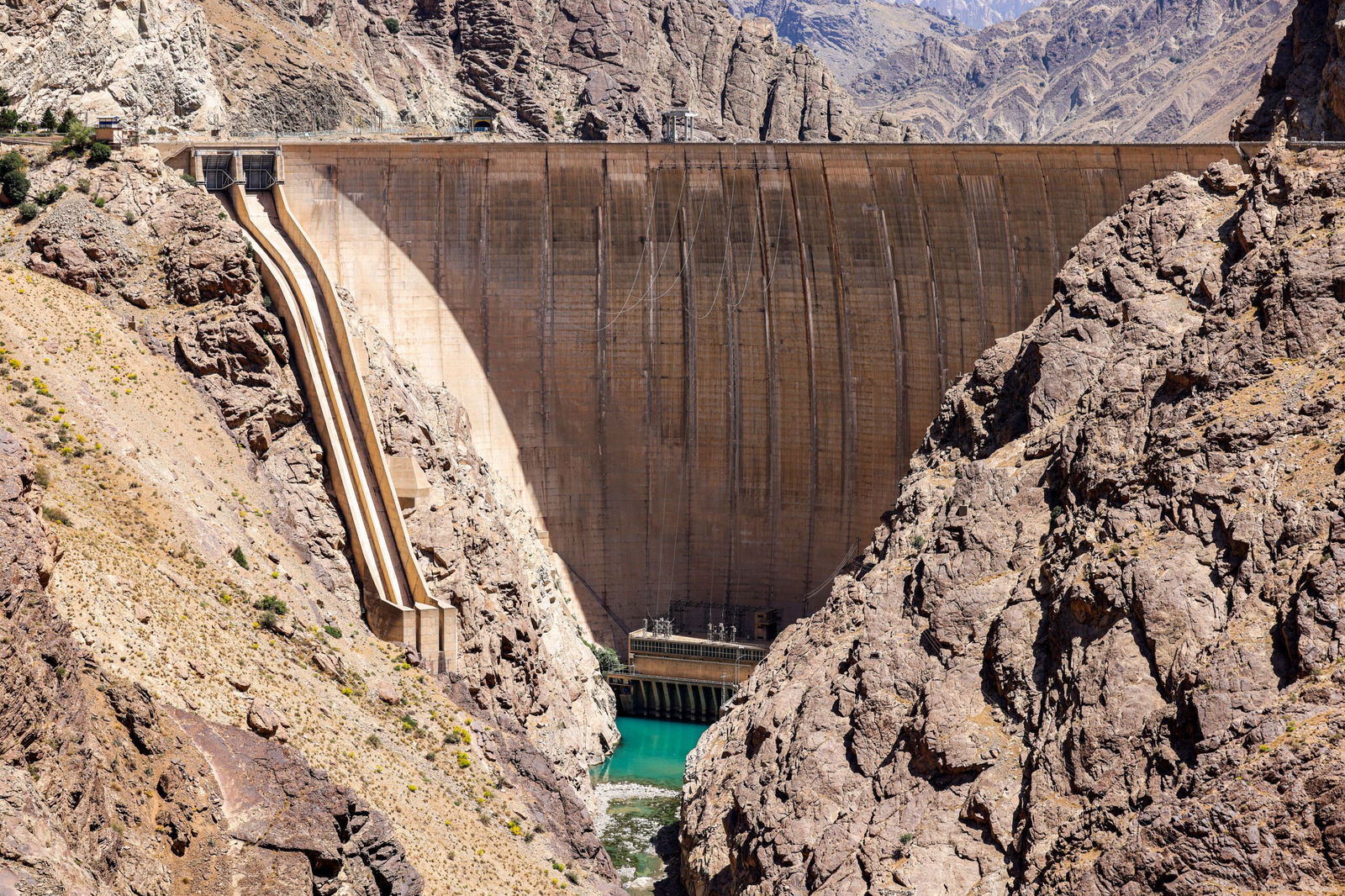‘Day zero’: Tehran and its 10 million people could be weeks away from running out of water

A resident tries to cool off in Tehran
By Laura Paddison, CNN
(CNN) — Iran’s capital Tehran could be weeks away from “day zero,” experts say — the day when taps run dry for large parts of the city — as the country suffers a severe water crisis. Key reservoirs are shrinking, authorities are scrambling to reduce water consumption and residents are desperately trying to conserve it to stave off catastrophe.
“If we do not make urgent decisions today, we will face a situation in the future that cannot be solved,” President Masoud Pezeshkian said at a cabinet meeting Monday.
Water is inherently short in supply in this arid nation. The difference is this crisis is hitting the capital, said Kaveh Madani, director of the United Nations University Institute for Water, Environment and Health.
Tehran, home to around 10 million people, could run out of water altogether if consumption levels are not reduced, experts fear. “We are talking about a possible day zero within weeks,” said Madani, who previously served as the deputy head of Iran’s Department of Environment.
The roots of the crisis lie in a tangle of factors including what engineers describe as decades of poor water management and an increasing imbalance between supply and demand.
It’s all compounded by climate change.
Iran is experiencing one of its worst droughts on record, and its fifth consecutive year of drought. The country is also baking under brutal heat. Temperatures spiked above 122 degrees Fahrenheit in parts of the country this month, according to climatologist and weather historian Maximiliano Herrera. “Iran seems almost perennially in a record-heat status,” he told CNN.
In response to the crisis, authorities have reduced water pressure in Tehran by almost half, affecting around 80% of households, the governor of Tehran Province Mohammad Sadegh Motamedian said Monday.
For people living in tall apartment buildings, that can mean no water supply at all. One man who lives on the 14th floor in Tehran says his taps often run dry.
Water is being delivered to the capital by tankers, and residents who can afford it are rushing to install storage tanks, Madani said. “We have never had a situation like this… this is new to Tehran.”
Last week, the Iranian government declared a one-day public holiday in Tehran Province, as well as other regions across the country, in an effort to save water and electricity.
It’s now considering giving people in Tehran a week’s public holiday, government spokesperson Fatemeh Mohajerani said in a press briefing Monday, in hopes people will temporarily leave the city, cutting water demand.
Water experts point to mismanagement as a big factor in the crisis.
Human activities, including excessive groundwater pumping, inefficient farming practices and unchecked urban water use have pushed the region “toward what can only be described as water bankruptcy,” said Amir AghaKouchak, a professor of civil and environmental engineering and Earth system science at the University of California, Irvine.
Madani echoes this. It is “water bankruptcy, because it’s not a crisis anymore… (it’s) a situation where some of the damages are irreversible,” he said.
In Tehran, so much water has been pumped from aquifers to support its increasing population that parts of the city are sinking, sometimes by more than 10 inches a year.
The capital “is grappling with a systemic, long-term imbalance that threatens the very foundations of water security for its residents,” AghaKouchak told CNN.
Climate change is making a bad situation much worse. Iran has seen a more than 40% decrease in rainfall this year compared to the long-term average, and the Tehran Regional Water Company says dams that supply the capital are at about 21% of their capacity, according to Iran’s semi-official Mehr News Agency.
All but one of Iran’s 31 provinces are experiencing water stress, said Iran’s energy minister Abbas Aliabadi, as reported by Mehr News. When asked about the possibility of water rationing, he said: “I hope this does not happen.”
Experts say there are no easy answers to this crisis.
The government is opting for “band aid” measures, such as new water transfer projects, Madani said. Technical solutions such as desalination and wastewater recycling must be part of picture, he added, but “these address the symptoms for a while without curing the cause.”
He advocates for a wholesale overhaul of the economy to move away from water-intensive agriculture — which currently accounts for about 90% of Iran’s water use — toward services and industry with a much lighter water footprint.
This kind of reform is likely to be painful and costly, both economically and politically, and highly unlikely under the current government and given the sanctions imposed on Iran by the US and others, he said.
Ultimately, the roots of the crisis are not just environmental or technical but “deeply political and systemic,’ AghaKouchak said. “Iran’s water crisis cannot be separated from its broader governance crisis.”
For now, the country is waiting for the fall and hoping it will bring rain.
“If Tehran survives until the end of September then there is hope for avoiding day zero,” Madani said.
The-CNN-Wire
™ & © 2025 Cable News Network, Inc., a Warner Bros. Discovery Company. All rights reserved.



